Home>Technology>Home Entertainment Systems>How Do I Choose A Projector


Home Entertainment Systems
How Do I Choose A Projector
Modified: February 26, 2024
Looking for the perfect home entertainment system? Learn how to choose a projector that suits your needs and enhances your viewing experience. Explore the key factors and make an informed decision.
(Many of the links in this article redirect to a specific reviewed product. Your purchase of these products through affiliate links helps to generate commission for Storables.com, at no extra cost. Learn more)
Introduction
When it comes to creating an immersive home entertainment experience, a high-quality projector can make all the difference. Whether you're a movie enthusiast, a gaming aficionado, or a sports fanatic, investing in the right projector can elevate your viewing experience to new heights. However, with a myriad of options available in the market, choosing the perfect projector can be a daunting task. Fear not, as this guide is designed to equip you with the knowledge and insights necessary to make an informed decision.
A projector serves as the cornerstone of any home theater setup, and selecting the right one involves considering various factors such as room size, image quality, brightness, connectivity, portability, mounting options, and budget. By carefully evaluating these aspects, you can ensure that the projector you choose aligns seamlessly with your specific needs and preferences.
In this comprehensive guide, we will delve into the crucial considerations that can help you navigate the vast landscape of projectors. From understanding how room size impacts your projector choice to deciphering the significance of resolution and image quality, we will explore the intricacies of selecting the ideal projector for your home entertainment system. Additionally, we will shed light on the importance of brightness and its interaction with ambient light, the significance of connectivity and compatibility, the convenience of portability and mounting options, and the long-term cost implications associated with your projector investment.
By the end of this journey, you will be well-equipped to embark on the quest for the perfect projector that aligns with your unique preferences and requirements. So, let's embark on this enlightening exploration of the world of projectors and unravel the key factors that will guide you towards an informed and gratifying decision.
Key Takeaways:
- Choose the right projector by considering room size, image quality, brightness, connectivity, and budget. Tailoring your choice to your unique preferences ensures an optimal viewing experience.
- Prioritize resolution, brightness, and compatibility to select a projector that seamlessly integrates into your home entertainment system. Understanding the cost of ownership ensures a financially prudent investment.
Read more: How To Choose An Outdoor Projector
Consider the Room Size
Before delving into the technical specifications of projectors, it’s essential to assess the dimensions and layout of the room where the projector will be installed. The size of the room plays a pivotal role in determining the type of projector that will deliver an optimal viewing experience.
For smaller rooms with limited space, a short-throw projector may be the ideal choice. These projectors are designed to project large images from a short distance, making them suitable for compact spaces. Conversely, in larger rooms or dedicated home theaters, a standard or long-throw projector may be more appropriate, as they can project high-definition images across greater distances without compromising on image quality.
Furthermore, the layout of the room and the placement of furniture can impact the positioning of the projector. In rooms with irregular dimensions or unconventional seating arrangements, a projector with adjustable lens shift and keystone correction capabilities can offer greater flexibility in achieving the desired image alignment and clarity.
Considering the room size also involves evaluating the available wall or ceiling space for mounting the projector. For instance, in rooms with low ceilings, a projector with a low-profile design and ceiling-mount compatibility can be advantageous, ensuring that the projector seamlessly integrates into the room without obstructing the viewing area.
By carefully assessing the room size and layout, you can narrow down your options and focus on projectors that are tailored to the specific spatial constraints and requirements of your home entertainment setup. Whether it’s a cozy living room, a spacious basement, or a dedicated home theater, understanding the impact of room size on projector selection is a crucial first step towards creating an immersive and visually captivating viewing environment.
Resolution and Image Quality
When it comes to choosing a projector, resolution and image quality are paramount considerations that significantly influence the viewing experience. The resolution of a projector determines the clarity and detail of the images it produces, making it a pivotal factor in selecting the right device for your home entertainment system.
Common projector resolutions include HD (1280×720 pixels), Full HD (1920×1080 pixels), and 4K Ultra HD (3840×2160 pixels). Higher resolutions result in sharper and more vibrant visuals, especially when projecting larger images or viewing content in native resolution. If you’re passionate about experiencing cinematic masterpieces or immersive gaming in stunning detail, a projector with Full HD or 4K Ultra HD resolution can deliver an unparalleled visual feast.
In addition to resolution, image quality is influenced by factors such as color accuracy, contrast ratio, and brightness. Projectors with high color accuracy reproduce vivid and true-to-life hues, enhancing the overall visual impact of movies, games, and multimedia content. A high contrast ratio contributes to deeper blacks and brighter whites, elevating the richness and depth of the projected images.
Brightness is another crucial aspect of image quality, particularly in environments with ambient light. Projectors with higher brightness ratings ensure that the projected images remain clear and vibrant, even in well-lit rooms. This is particularly important for versatile spaces where controlling ambient light may not always be feasible.
Furthermore, advancements in projection technology, such as HDR (High Dynamic Range), contribute to improved image quality by enhancing the overall contrast, color accuracy, and brightness range, resulting in a more immersive and captivating viewing experience.
By prioritizing resolution and image quality, you can ensure that the projector you choose delivers stunning visuals that captivate and enthrall, whether you’re enjoying a movie night with family, immersing yourself in the latest video game release, or indulging in multimedia content that demands uncompromising visual fidelity.
Brightness and Ambient Light
Understanding the interplay between brightness and ambient light is crucial when selecting a projector that can deliver exceptional image quality in various lighting conditions. The brightness of a projector is measured in lumens, and it plays a pivotal role in ensuring that the projected images remain clear, vibrant, and visually engaging, even in environments with ambient light.
For dedicated home theaters or rooms with controlled lighting, a high-brightness projector may not be a primary concern, as the ambient light can be minimized to enhance the viewing experience. However, in multipurpose spaces or living rooms where natural or artificial light sources are prevalent, opting for a projector with higher lumens becomes essential to combat the impact of ambient light.
Projectors with higher brightness ratings, typically ranging from 2,000 to 3,000 lumens for home use, are well-suited for environments with moderate ambient light. These projectors can maintain image clarity and vibrancy, ensuring that the visual content remains captivating and immersive, even when the room is not completely dark.
Moreover, advancements in projection technology have led to the development of specialized projectors designed to excel in brightly lit environments. These projectors, often referred to as “daylight” or “ultra-short-throw” models, boast significantly higher brightness levels, making them ideal for spaces where controlling ambient light is challenging or impractical.
When evaluating the impact of ambient light, consider the time of day when the projector will be used, the presence of windows or artificial lighting, and the overall lighting conditions in the room. By aligning the projector’s brightness with the ambient light dynamics of the space, you can ensure that your viewing experience remains visually captivating and devoid of any distracting glare or image washout.
By prioritizing brightness and its interaction with ambient light, you can select a projector that delivers exceptional image quality and maintains its visual prowess, regardless of the lighting conditions in your home entertainment environment.
When choosing a projector, consider the brightness, resolution, and connectivity options. A higher brightness is better for well-lit rooms, while a higher resolution provides clearer images. Multiple connectivity options allow for more versatile use.
Connectivity and Compatibility
When choosing a projector for your home entertainment system, considering its connectivity and compatibility features is essential to ensure seamless integration with your existing devices and content sources. The ability of a projector to connect to a wide range of devices and accommodate various content formats enhances its versatility and usability, making it a valuable addition to your entertainment setup.
Modern projectors offer a multitude of connectivity options, including HDMI, VGA, USB, and wireless connectivity protocols such as Wi-Fi and Bluetooth. HDMI ports are particularly crucial for establishing high-definition connections with devices such as Blu-ray players, gaming consoles, streaming devices, and laptops, ensuring that you can enjoy your favorite content in stunning clarity and detail.
Furthermore, the presence of multiple connectivity ports allows for simultaneous connections, enabling seamless switching between different devices without the need for frequent cable swapping. This versatility is especially beneficial in scenarios where you may want to connect gaming consoles, media players, and streaming devices concurrently.
Wireless connectivity features, such as built-in Wi-Fi and Bluetooth, offer added convenience by enabling wireless streaming from compatible devices, eliminating the need for physical cable connections and enhancing the overall flexibility of your home entertainment setup.
Compatibility with various content formats, including popular video, audio, and image file types, ensures that the projector can effortlessly handle a diverse range of multimedia content, from movies and music to presentations and photo slideshows. Additionally, support for popular streaming platforms and content delivery services can further enhance the projector’s utility by providing direct access to a wealth of digital content.
Moreover, some projectors are equipped with smart functionality, integrating streaming apps, screen mirroring capabilities, and voice control features, transforming them into comprehensive entertainment hubs that cater to a wide array of content consumption preferences.
By prioritizing connectivity and compatibility, you can select a projector that seamlessly integrates with your existing devices, content sources, and digital lifestyle, ensuring a hassle-free and immersive entertainment experience that aligns with your preferences and technological ecosystem.
Read more: How To Choose A Projector Screen
Portability and Mounting Options
Considering the portability and mounting options of a projector is essential, especially if you anticipate the need to relocate or reposition the device, or if you prefer a streamlined and unobtrusive installation within your home entertainment environment.
Portable projectors are designed for on-the-go convenience, making them ideal for users who require flexibility in their viewing setups. Whether you want to host outdoor movie nights, set up impromptu gaming sessions in different rooms, or deliver presentations in various locations, a portable projector offers the versatility and mobility to adapt to diverse scenarios.
Key factors to consider when evaluating the portability of a projector include its size, weight, and ease of setup. Compact and lightweight models are highly sought after for their effortless portability, allowing users to transport them with ease and set them up quickly without cumbersome installation procedures.
Furthermore, assessing the mounting options for a projector is crucial, particularly for permanent or semi-permanent installations in dedicated home theaters or multipurpose entertainment spaces. Ceiling-mounted projectors offer a streamlined and unobtrusive setup, minimizing visual clutter and maximizing floor space for seating and decor. Additionally, ceiling mounting can provide optimal projection angles and eliminate the need for dedicated furniture or stands to support the projector.
For spaces where ceiling mounting may not be feasible or preferred, wall-mounted brackets or shelves offer alternative solutions for securing the projector in an elevated position, ensuring an unobstructed projection path and a clean, integrated aesthetic within the room.
Moreover, some projectors feature adjustable lens shift and keystone correction capabilities, allowing for flexible positioning and alignment, which can be advantageous when navigating spatial constraints or unconventional room layouts.
By considering the portability and mounting options of a projector, you can tailor your selection to align with your lifestyle, spatial requirements, and installation preferences, ensuring that the chosen device seamlessly integrates into your home entertainment ecosystem with minimal hassle and maximum adaptability.
Budget and Cost of Ownership
When embarking on the journey to select a projector for your home entertainment system, evaluating your budget and understanding the long-term cost of ownership are pivotal steps that can guide you towards a satisfying and sustainable investment.
Setting a realistic budget for your projector entails considering not only the upfront purchase cost but also the potential expenses associated with additional accessories, maintenance, and operational costs. While it’s tempting to focus solely on the initial price tag, factoring in the total cost of ownership can provide a comprehensive perspective on the financial implications of your projector investment.
When assessing the budget, prioritize the features and specifications that align with your viewing preferences and usage scenarios. While high-end projectors with advanced capabilities may offer unparalleled performance, there are also budget-friendly options that deliver impressive image quality and functionality without breaking the bank.
Moreover, consider the long-term operational costs, such as lamp or bulb replacements, filter maintenance, and energy consumption. Opting for projectors with energy-efficient technologies, extended lamp life, and user-friendly maintenance features can contribute to lower ongoing expenses and a more sustainable ownership experience.
Additionally, factoring in the cost of essential accessories, such as projection screens, ceiling mounts, HDMI cables, and sound systems, ensures that your budget accounts for the complete setup and enhances the overall viewing experience without compromising on essential components.
Furthermore, exploring warranty options, customer support, and after-sales services offered by projector manufacturers or retailers can provide added peace of mind and protection against potential maintenance or repair costs, contributing to a more secure and worry-free ownership experience.
By carefully evaluating your budget and comprehensively understanding the cost of ownership, you can make an informed and financially prudent decision that aligns with your preferences, usage patterns, and long-term sustainability goals. A well-balanced approach to budgeting and cost assessment ensures that your projector investment delivers enduring value and enriches your home entertainment endeavors without undue financial strain.
Conclusion
As we draw the curtains on this insightful exploration of projector selection for home entertainment systems, it’s evident that the process of choosing the perfect projector involves a blend of technical considerations, practical assessments, and budgetary deliberations. By navigating through the key factors discussed in this guide, you are equipped to make a well-informed decision that aligns with your unique preferences and spatial requirements.
Understanding the impact of room size on projector selection empowers you to tailor your choice to the spatial dynamics of your viewing environment, ensuring an optimal viewing experience that complements the layout and dimensions of the room.
Delving into the realm of resolution and image quality sheds light on the importance of visual clarity, detail, and vibrancy, guiding you towards projectors that deliver stunning visuals that captivate and immerse, whether you’re indulging in cinematic experiences or gaming adventures.
The interplay between brightness and ambient light underscores the significance of maintaining image clarity and vibrancy in diverse lighting conditions, enabling you to select a projector that remains visually captivating, devoid of any distracting glare or image washout.
Considering connectivity and compatibility features allows for seamless integration with your existing devices and content sources, enhancing the versatility and usability of the projector within your digital ecosystem.
Exploring portability and mounting options provides insights into the adaptability and installation flexibility of projectors, catering to diverse usage scenarios and spatial preferences.
Lastly, evaluating your budget and comprehensively understanding the cost of ownership ensures a financially prudent investment that delivers enduring value and enriches your home entertainment endeavors without undue financial strain.
Armed with this knowledge, you are well-prepared to embark on the quest for the perfect projector that will elevate your home entertainment experience to new heights. Whether you’re creating a captivating home theater, setting up a versatile multimedia hub, or embracing the flexibility of portable entertainment, the right projector awaits, ready to transform your viewing aspirations into captivating realities.
So, go forth with confidence, and may your chosen projector become the beacon of visual delight, enriching your moments of leisure, entertainment, and shared experiences with its mesmerizing allure.
Frequently Asked Questions about How Do I Choose A Projector
Was this page helpful?
At Storables.com, we guarantee accurate and reliable information. Our content, validated by Expert Board Contributors, is crafted following stringent Editorial Policies. We're committed to providing you with well-researched, expert-backed insights for all your informational needs.
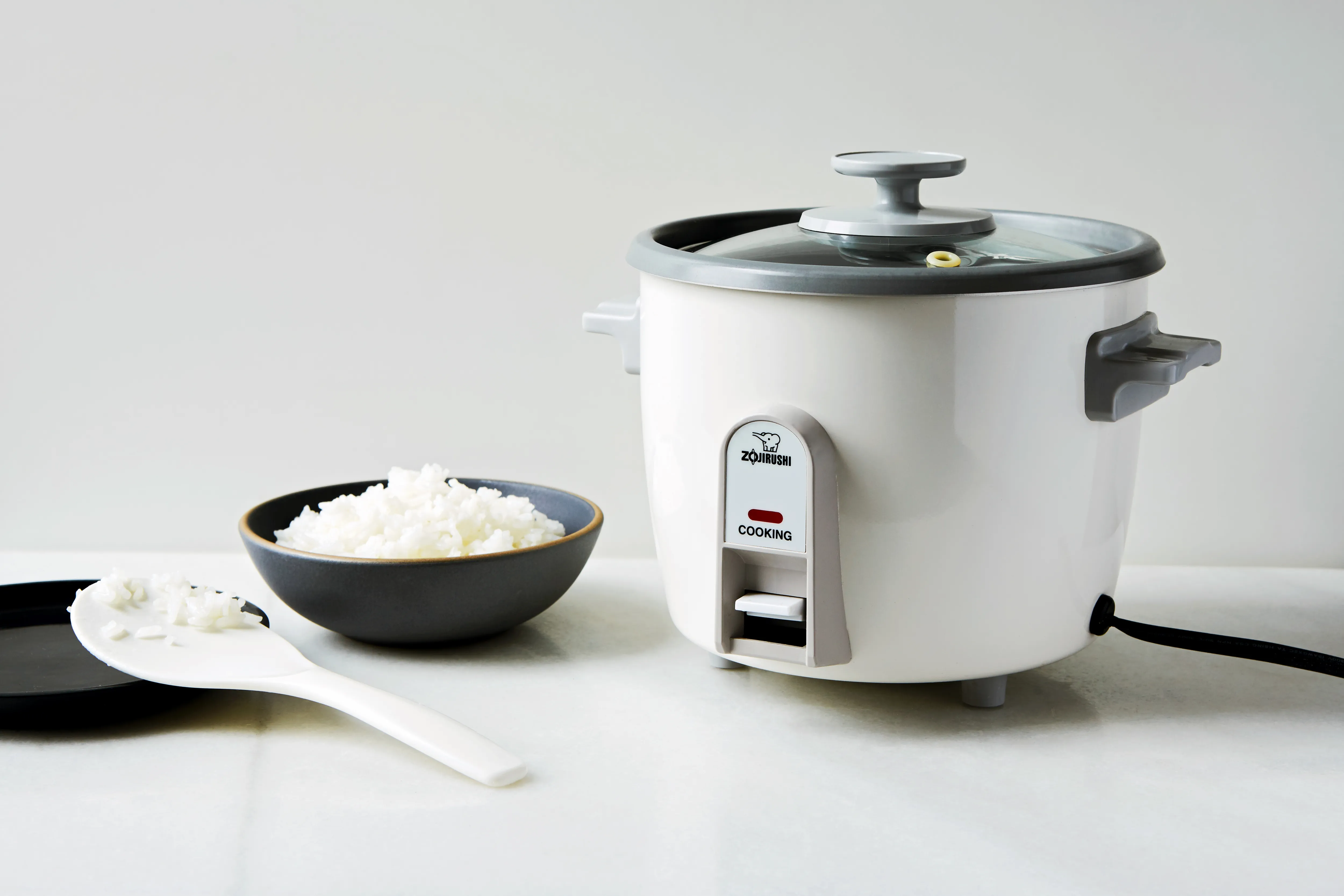



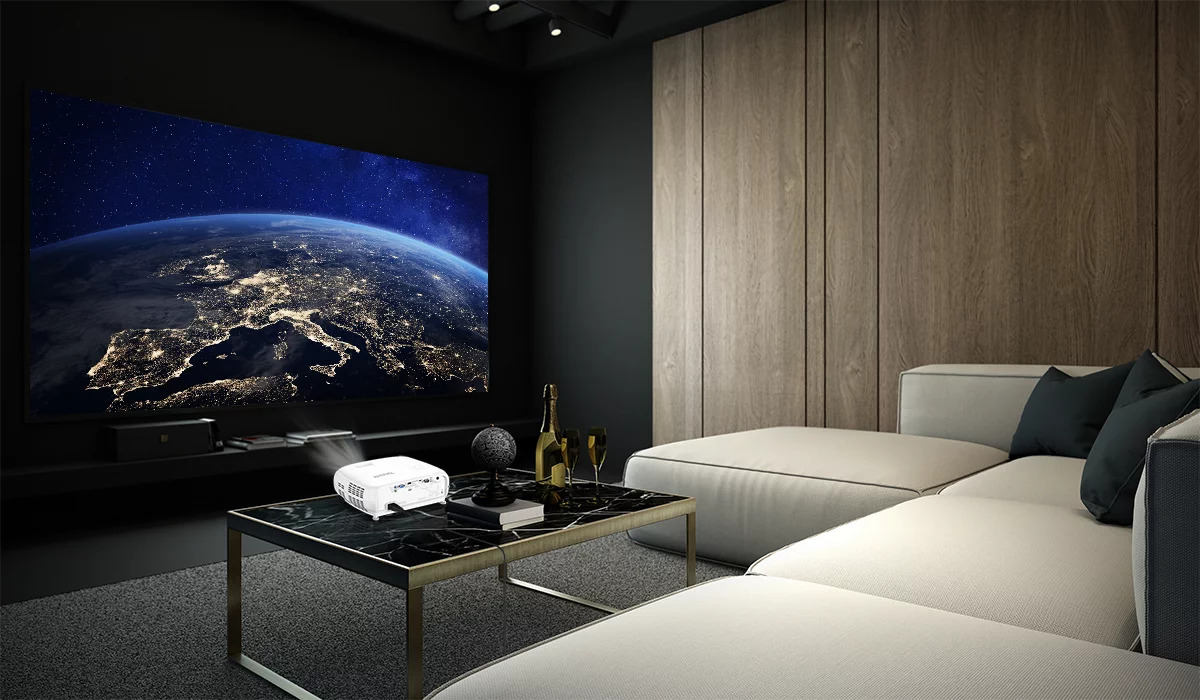
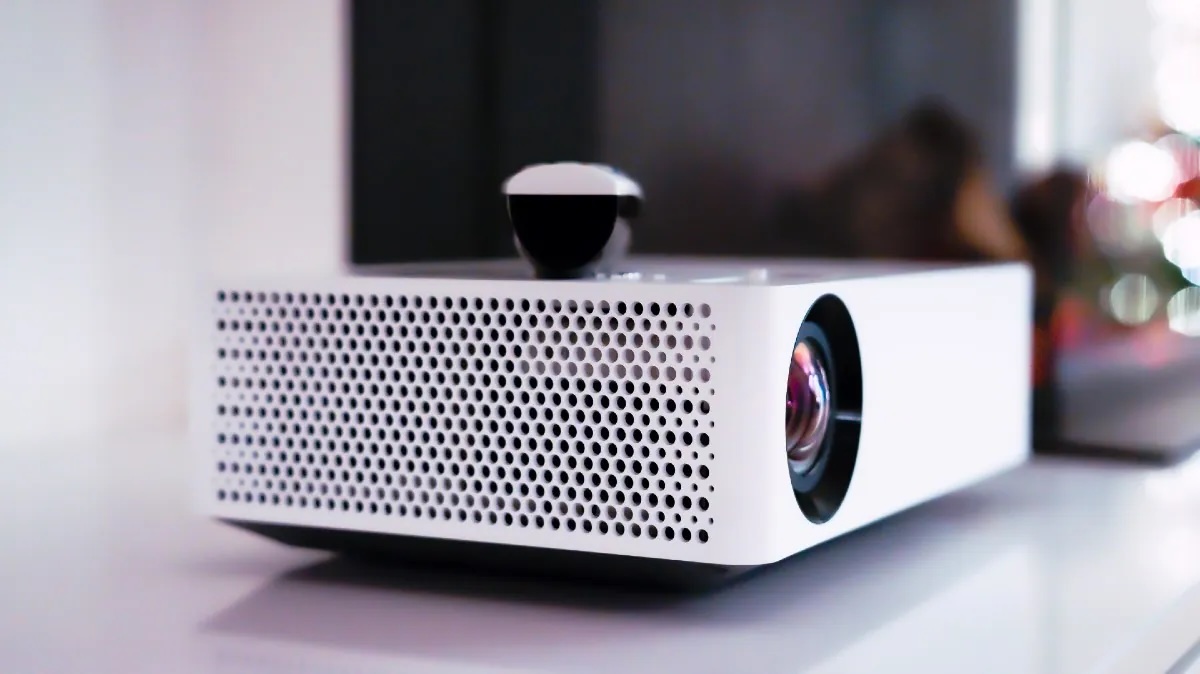
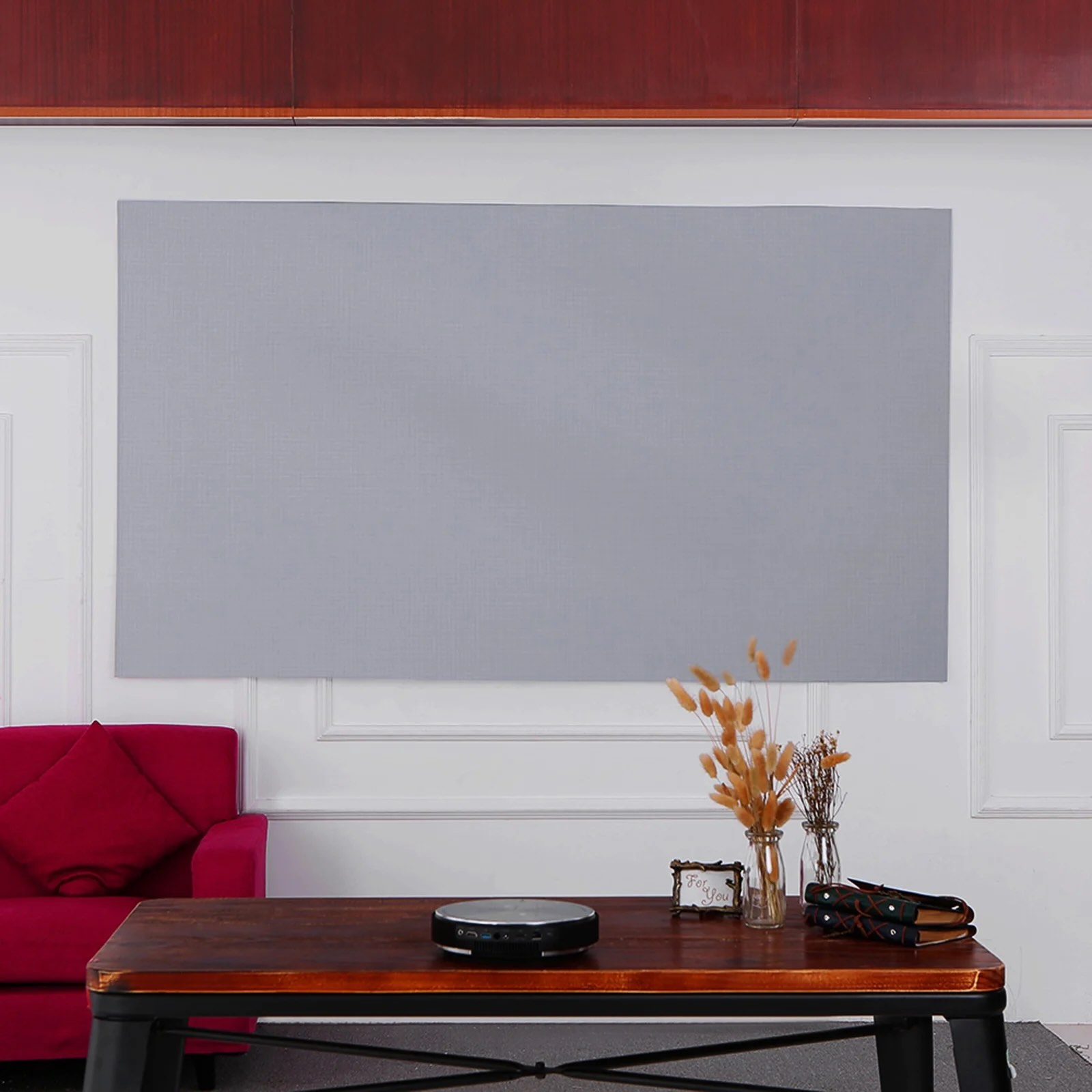

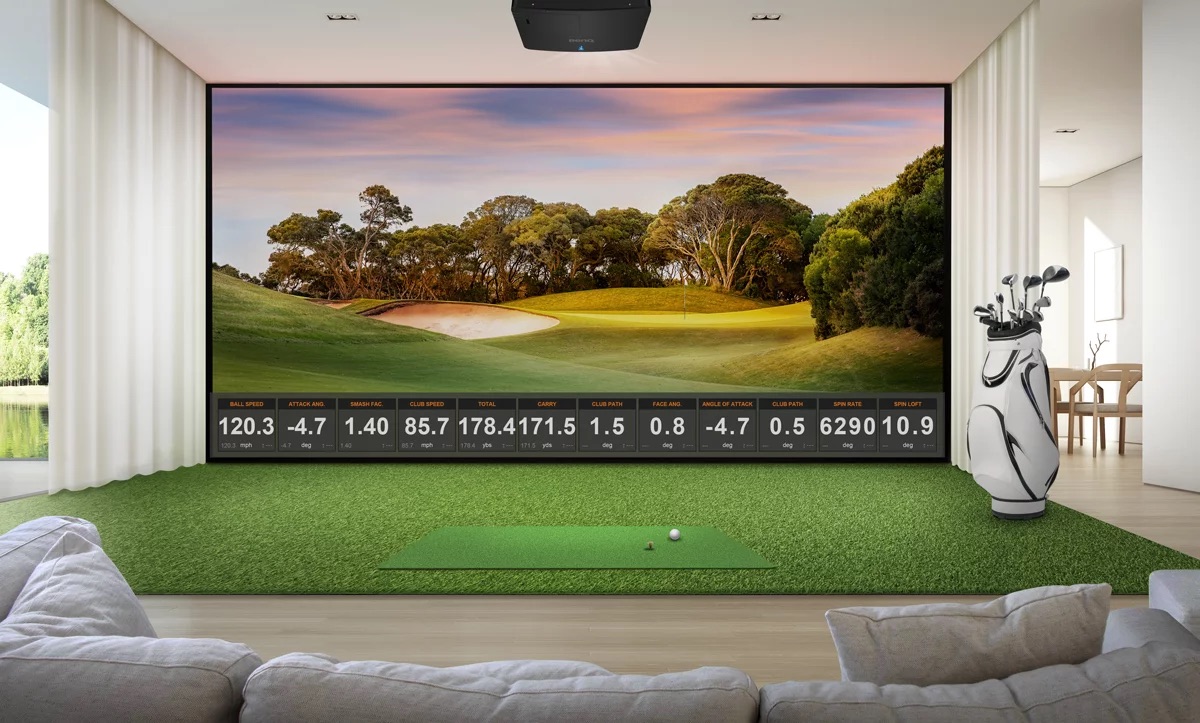

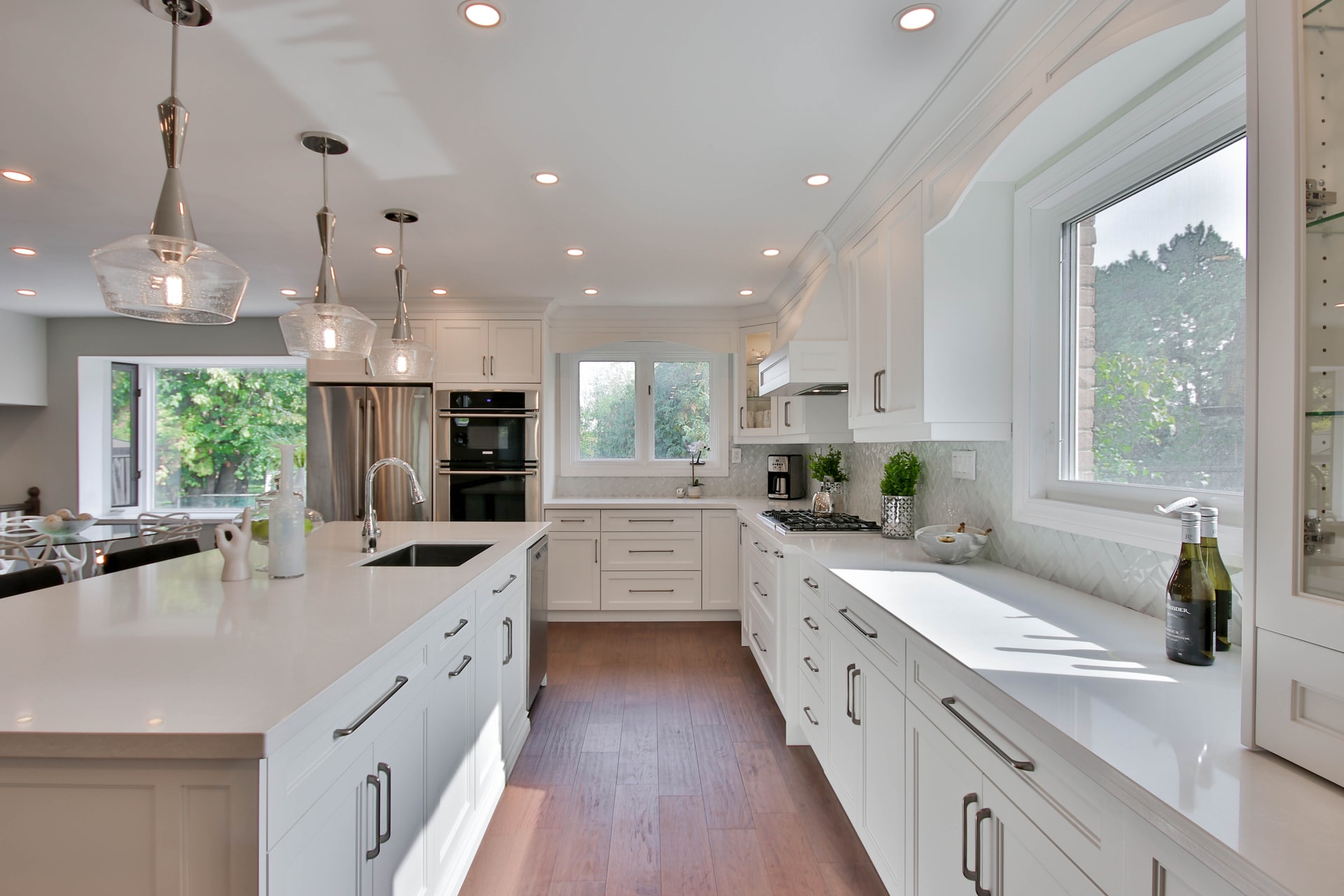


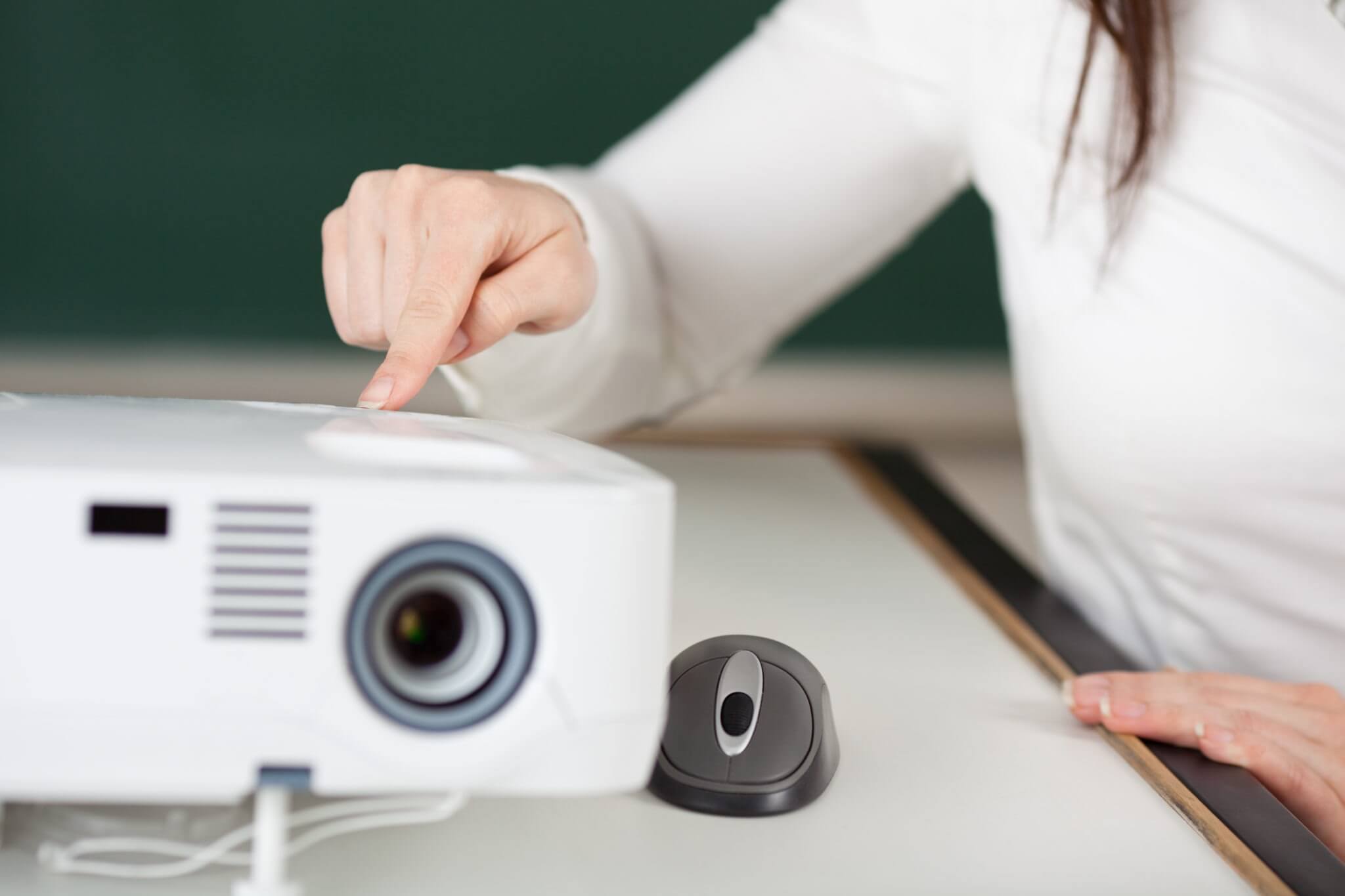

0 thoughts on “How Do I Choose A Projector”